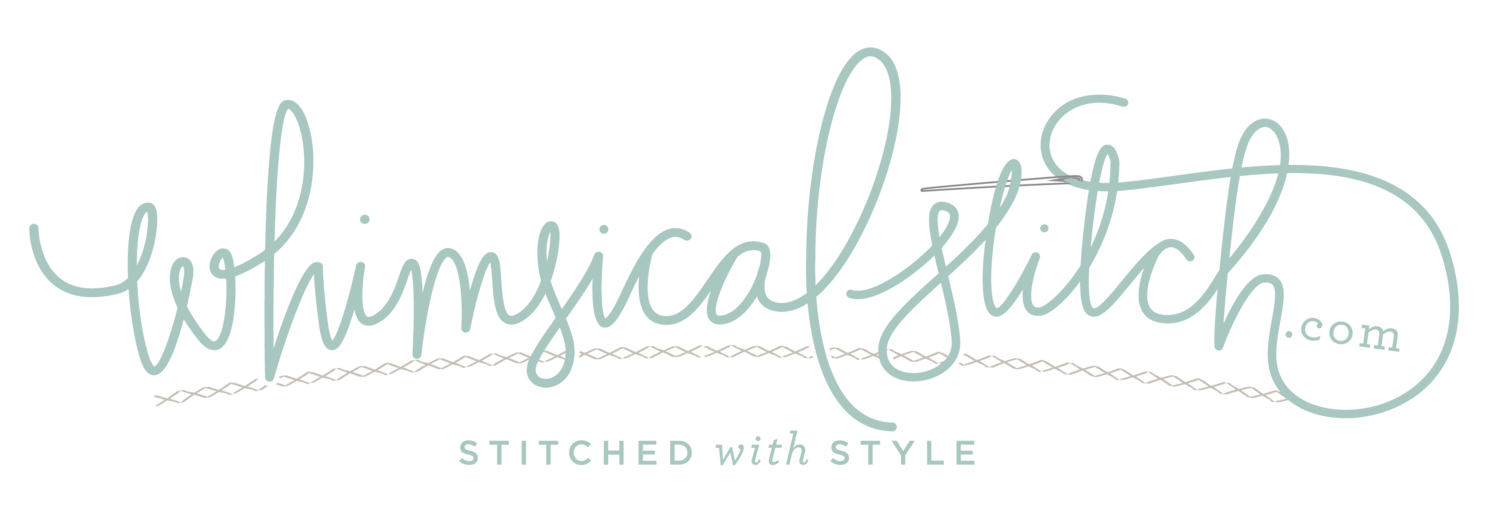#teamopenstitches
February focuses on open stitches from pillows on display in my front window for 15+ years as well as a stitch I accidentally created by not transferring a diagram correctly. (Seriously.)
A little background. When I returned to the world of needlepoint, I was #teamfullcoverage for several years. I could not get my head around what I called "naked canvas." Oh, how wrong I was. Without a doubt, it took some coaxing and hand-holding. Here I am, twenty-some years later, I can't imagine a single piece of needlepoint I've stitched, or am stitching, without the dreaded...I mean gorgeous...naked canvas. It's about balance, focus areas, and symmetry.
I begin with the Pomegranate Stitch. I have no other name for it. This is because the stitch is comprised of several small stitches that create a gorgeous pattern and I used it on a pomegranate. Makes sense, right?
The first diagram is the first group of stitches that would be fine just as they are, especially with a piece with gorgeous shading.
But, no. I needed more stitches, so I added an Upright Cross (the light gray lines) inside the small diamonds.
Was that the end? Of course not. More oblique layered crosses were added. And some tiny Mosaic stitches.
The stitched sample on Instagram reflects the final diagram. I included all three steps because I wanted to make a point. Any of these three combinations work as a group of stitches. Truth be told, if I re-stitched this piece today, I would stitch it with the middle diagram so I could have more naked canvas.
It's all a matter of taste and your desired coverage level. What is universal, regardless of which diagram you prefer, is the threads. When doing open work, it's important to integrate thread weight into the equation. Generally speaking, I choose lighter weight threads as a secondary way to let the shading show through. Case in point, I used size 5 pearl cotton and size 12 Kreinik Metallics Tapestry Braid on 13-mesh for the pomegranate. I would even use size 8 pearl cotton and size 8 Kreinik Metallics on 13-mesh to make a point. It works, I promise. And, as with all things needlepoint, it is all a matter of taste. So, experiment to find what works for you.
These stitch diagrams, along with all other #whimsicalwednesday and #smallspacesunday stitch diagrams, can also be found on a Pinterest board here.
Be sure to follow whimsicalstitch.com on Facebook, Pinterest, Instagram, and Twitter.
If you like what you see on this blog, want to learn some very creative decorative stitches, and how to put them all together, whimsicalstitch.com sells stitch guides for Melissa Shirley Designs, Zecca Designs, and Patience Brewster. 30 guides are currently available and more are in the pipeline.
I hope you have the perfect spot for this stitch! Enjoy!








